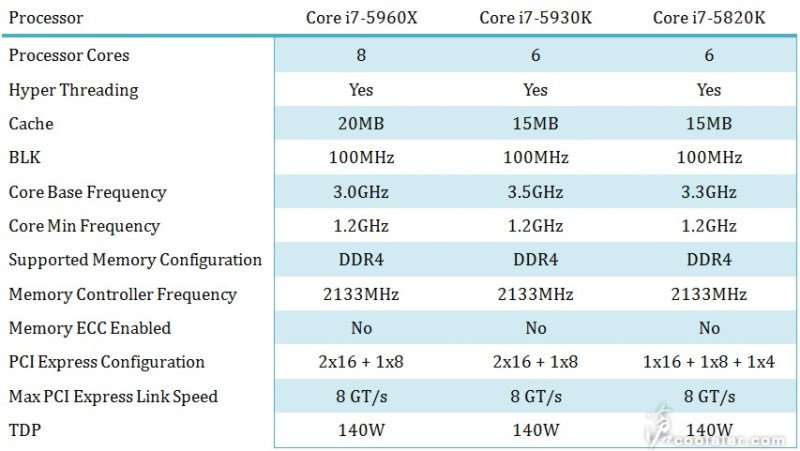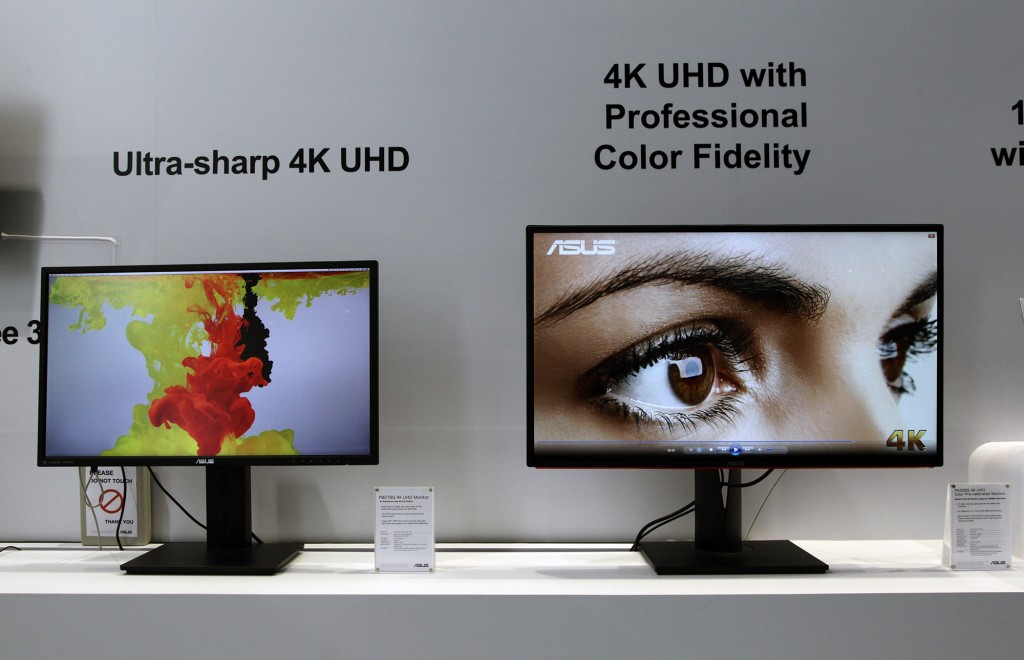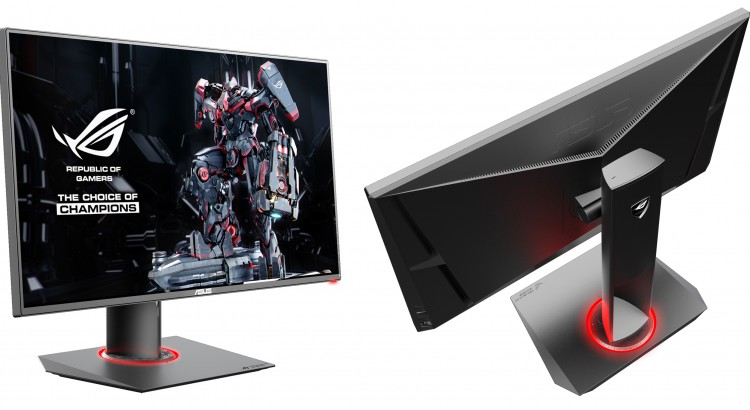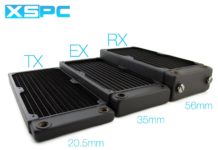So it’s been a quiet spring while we wait for the big X99 launch. We had Z97 launch with the Devil’s Canyon CPU launch. To confirm some Z87 motherboards would support DC with a bios update, but not all manufacturers gave bios updates. The Z97 boards were generally almost identical to the Z87 boards but fewer in number. Devil’s canyon itself was as expected not much different to a delidded 4770K. While we applaud the changes, it’s not that exciting. We expect more motherboards with new designs to come through once broadwell hits.
X99 and Haswell-E/EP
The big news that will be here soon is the X99 launch. Rumors point to the end of August. Most consumers considering X99 will opt for the three high end K/X series CPUs:
First off we expect prices to be around the matching X79 part prices e.g. ~$1000/600/300. Unlike X79 where there was almost zero reason to spend the $400 more to get the X part, Intel have now given us a reason for each CPU. The 5820K is now a budget hex rather than an average priced quad. The 5930K is also a hex, but has the standard 40 PCI lanes that *all* X79 parts had. The 5820K now only has 28 lanes and can only really run 2 way SLI (unless the 1×16 can be split easily to give 2×8). What Intel giveth, intel also taketh away. The top of the line 5960X gives us an unlocked overclockable true 8 core CPU for the first time! This is exciting, and while we could complain about the price, it’s no worse than the gulftown extreme edition CPUs. Intel aren’t Nvidia lulz, not yet anyway. Note that the table shows 2×16 + 1×8 for pci lanes for the top CPUs. We think this is similar to X79 where the 1×16 can be 2×8 to enable 4×8 for quad SLI/CFX without a PLX lane splitter chip. If this is not the case expect motherboards with PLX chips retailing at $500+. Interestingly there may still be boards with PLX chips to enable a 5820K to still run quad SLI for less money than a 5930K
We’re disappointed by the move to shrink PCI lanes on the budget part but it does make sense. Plenty of people who need a hex will be happy (e.g. amateur workstation style users) and those that can afford quad GPU setups can most likely afford a 5930K, if the extra money is out of budge then they can always go with a haswell/broadwell CPU and a motherboard with a PLX chip. As for frequencies – ignore the base frequencies – these are unlocked so it’ll be a surprise if we can’t easily hit 4.5GHz +. Frequency isn’t of course everything, we expect to see some good IPC improvements with the architecture change. The other big change on X99 is support for DDR4. Prepare your wallets you early adopters! DDR4 will most likely be pretty darn pricey. X79 with it’s quad channel memory didn’t really have a memory bandwidth problem, however if you’re a lightboost supporter then you know that CPU and memory can severely limit FPS when you’re trying to aim for a minimum of 120FPS. As long as the CPU itself overclocks well this should be a no brainer upgrade in terms of performance. If you’re only running 60FPS there’s of course not much reason to upgrade over X79 or anything since sandy bridge really.
We expect to see much more variety of CPU’s purchases than we did on X79 where 3930K/4930K seemed to be everywhere. Now we’ll see more people evaluating cores/pci lanes and of course anyone worried about epeen will now have to get the X.
For Haswell-EP there is a good list of the incoming parts and prices here. We expect the E5-2687W v3 to be the enthusiast 2P favorite – this is the highest power rating CPU with ten cores, a base clock of 3.1GHz and an unknown turbo frequency. We expect the turbo to be around 3.6-3.8GHz, add on a 5% bclk overclock and we might see 20 cores and 4.0GHz. For the hardcore core hungry crowd there is now an 18 core part. 2P can finally be looking at 36C/72T! We do not yet have confirmation as to whether overclocking will be limited to a slight bclk adjust or whether there will be an unlocked part. Hopefully Intel listens to enthusiasts and launches an overclockable part, a 2687X for example priced even at 2-3X more will sell!
GPU news
Without a new GPU launch since the stupid Titan-Z and the sexy but still expensive 295X2 all the news has really been about non-reference cards and cooling support. Asus launched matrix versions of the 780 TI and 290x. Built for the hardcore overclockers it has extra power/VRM circuits and a defrost mode. EK of course has launched blocks for both. Sadly neither has a better choice of outputs. If you’re team red the overpriced 295×2 is the only R9-29X card with enough outputs to do a real eyefinity setup. This is sad – on the 7970/280x both matrix and lightning cards also had a good array of output ports. Nvidia of course can share outputs over multiple cards so do not have the same limitation. Hopefully the next generation will see the high end cards start losing a DVI connector in favor of more display ports.
.jpg)
Monitors
We are at an interesting time for monitors. 4K monitors started coming out last year with the sharp based 32″ IGZO panels. Both Dell and Asus had versions of that panel and both were expensive ($3500) and not that great. Then we had the 28″ TN displays based on the samsung panel – they are much cheaper retailing around $700 instead. However TN is a cheaper technology that has a lot of drawbacks and only one positive. It has terrible viewing angles, contrast and color, but the pixels change quickly e.g. it can handle a fast refresh rate. Display port 1.2 does not have the bandwidth to handle more than 60Hz at 4k resolution so TN therefore is a bad choice (with the exception of price). Dell also put out a 24″ IPS display primarily for workstation users. For a home user though 24″ may just be too small unless you’re building a 3 way portrait setup in which case the bezels are too large anyway.
Finally Asus has announced some beautiful IPS displays with small bezels – the larger 32″ PA328Q and the 27″ PB278Q:
While both bezels are small the 32″ certainly looks smaller, and certainly is smaller as a percentage. The 32″ display also has better calibration and HDMI2. The latter you don’t need as you can use Display port anyway though. Rumor has the 32″ starting around $1500-1750 while the 27″ could be in the range of $700-1200 (the lower resolution PB278Q launched at $700 and is now $450-500).
Neither has any mention of technology that really would help at 4K@60Hz – Gsync/Freesync are noticably absent. We expect to have to wait longer for a small bezel 4K ips screen with that technology.
The last monitor to launch was the monitor we saw at CES! Yes it’s the ROG Swift aka the PG278Q:
The swift is designed to be the ultimate in gaming displays. It features a possible 144Hz refresh rate, a fast response TN display with a lag optimized input and for the first time combines that with 2560×1440 resolution. It also features Nvidia’s GSync and ULMB technologies. Gsync is great for when your graphics card can’t keep up with these high refresh rates. However if your GPUs are fast enough to drive 100FPS minimums you’d be better off running lightboost or lightboost 2.0 aka ULMB (ultra low motion blur). TFT central has a great review on this monitor. The adjsutability Asus have included is awesome – this is truly the most enthusiast friendly monitor we’ve ever seen – however the downside on ULMB is that the settings that create the least blur are also almost too dark to be usable. This is still probably the best gaming screen out there, particularly if you are on team green, we do hope to see those brightness levels increased on future versions though! At a MSRP of $799 it’s not cheap but it’s not overpriced either! Great work on enthusiast monitors by Asus this year!
Cooling news!
There is not much new in the world of liquid cooling. The biggest news is Swiftech’s line of products that were announced at CES are finally available – that includes the MCP50x pump, the H220x expandable AIO water cooling unit and the new cpu block. We expect to be reviewing those shortly!
In addition we are *very* close to finishing up the 290 GPU block review – stay tuned for the results it’ll be worth the wait!














